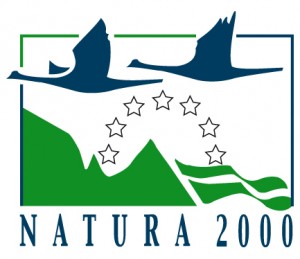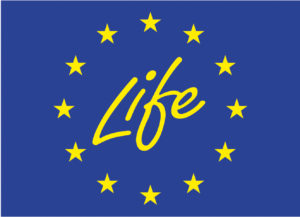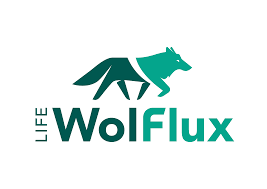The surveying work will bring a greater understanding of the distribution and abundance of roe deer populations in Portugal’s Greater Côa Valley (part of the Western Iberia rewilding area). This is the first step in increasing the availability of natural prey for Iberian wolves.
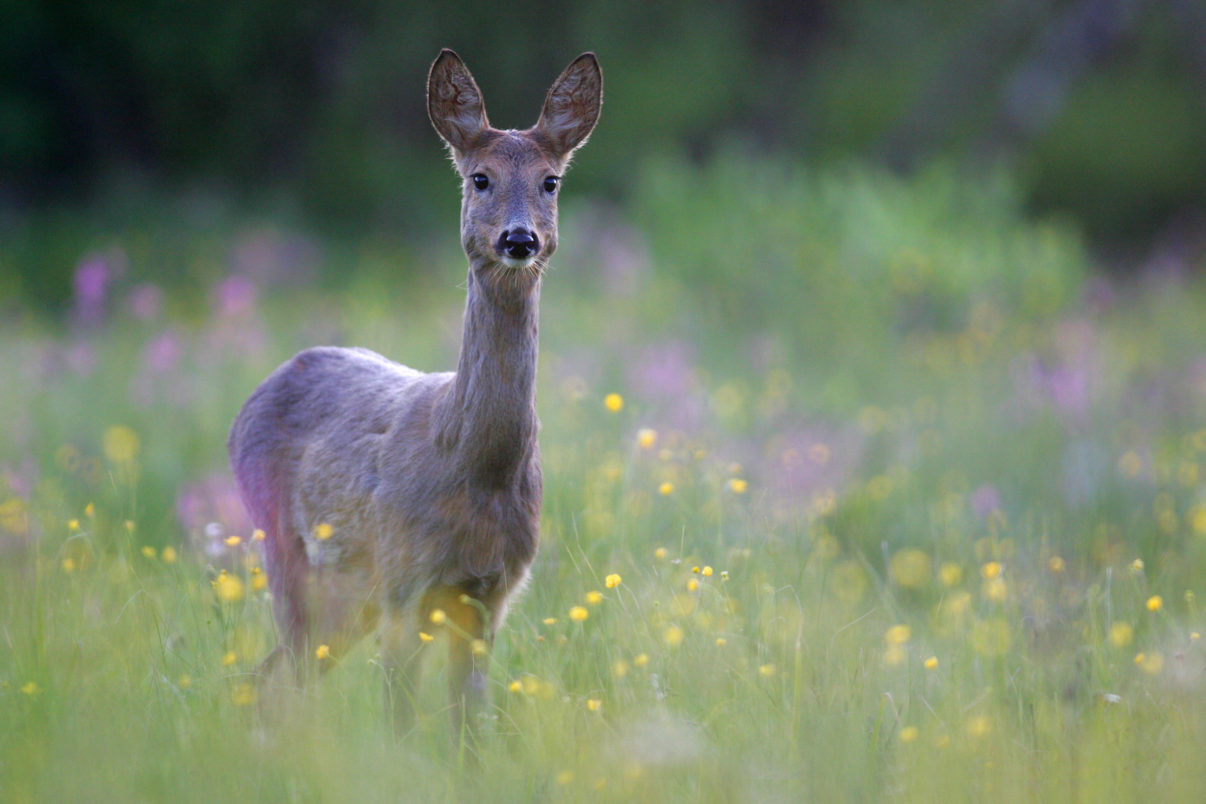
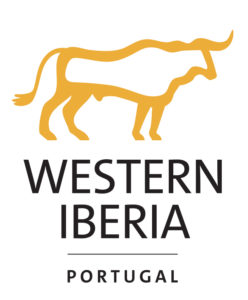 More deer, improved coexistence
More deer, improved coexistence
Today the endangered Portuguese Iberian wolf (Canis lupus signatus) population is in a precarious position. In addition to factors such as habitat loss, low connectivity between packs and conflict with humans, a lack of prey continues to hamper the animal’s ability to recover.
Wolves who are unable to find sufficient quantities of natural prey are also more likely to target livestock, which can lead to further problems. Studies have already shown that given a choice, Iberian wolves (a sub-species of grey wolf) prefer to prey on wild hooved animals such as roe deer and wild boar, rather than livestock.
One of the objectives of the LIFE Wolflux project– which kicked off at the beginning of 2019 and aims to promote the coexistence of people and wolves in northern Portugal’s Greater Côa Valley and south of the adjoining River Douro – is to assess roe deer density south of the river.
The results of the roe deer surveying will highlight the areas where the animals need most support. Support measures could include habitat improvement, efforts to enhance connectivity between deer sub-populations and improved game management, as well as targeted reintroductions and anti-poaching patrols. These will ultimately increase deer populations and provide more natural prey for wolves.
Monthly monitoring
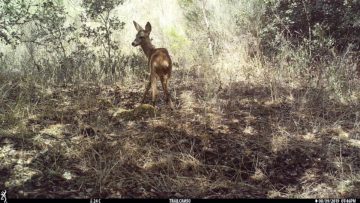
As partners in the LIFE Wolflux project, the University of Aveiro and the Rewilding Portugal team have been carrying out monthly surveys of roe deer south of the Douro since the beginning of June. The programme is set to run until March 2020, at which point the data collected will be fully analysed and compiled into a report.
“We currently lack data on roe deer abundance and distribution in the study area,” explains Dr. João Carvalho of the University of Aveiro, the organisation heading up the monitoring work. “In addition to enabling better management of the species, results will help us to identify suitable sites for possible reintroductions. Management schemes should be preceded by debate among different stakeholders to increase the acceptance and effectiveness of any proposed measures.”
Initial feedback
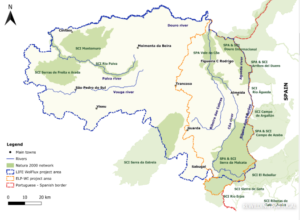
So far surveying work has taken place at six different sites. Covering a total area of 5000 square kilometres, these have been characterised by different habitats and different levels of human presence. Deer density is assessed by installing temporary camera traps and couting droppings present in specifically sized transects.
The survey data collected so far, while it has yet to be fully processed, indicates roe deer are present throughout the sampling area at varying densities. The species has also been seen to prefer wooded habitat dominated by well-developed deciduous trees.
The work of the surveying team has also revealed the presence of wild boar across the sampling area, and a considerable diversity of mid-sized carnivores, such as red fox, weasel, genet and badger.
Progressive project
Funded by the European Commission and co-funded by the Endangered Landscapes Programme, the aim of the LIFE WolFlux project is to promote the coexistence of people and Iberian wolves in the Greater Côa Valley and south of the River Douro. Project partners are now working to identify the main threats to the local wolf population to secure its long-term viability and boost animal numbers.

